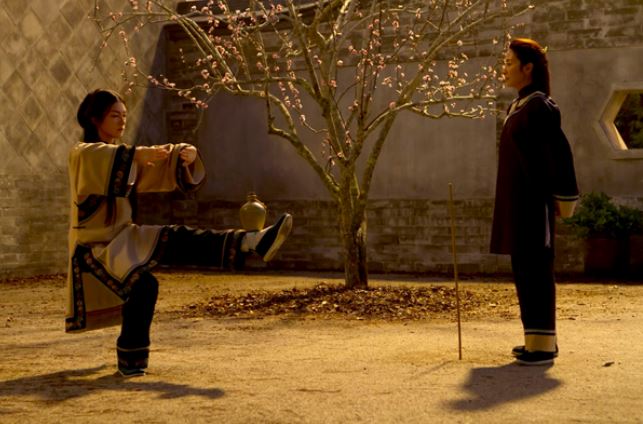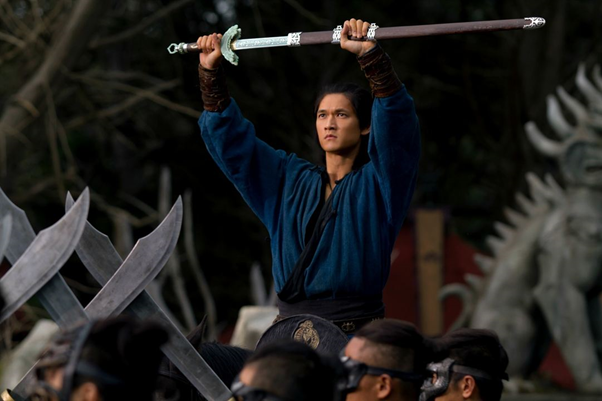In the annals of military strategy, few texts have wielded the enduring influence of Sun Tzu’s “The Art of War.” Across the expanse of history, this ancient Chinese treatise has been revered as a timeless guide for military commanders and strategists alike. Its principles, steeped in the philosophy of Sun Tzu, continue to resonate not only in the realms of warfare but also in the shadows where the enigmatic figures of ninjas prowled.
Origins of “The Art of War”:
Sun Tzu’s masterpiece emerged during a period of intense warfare in ancient China, around the 5th century BCE. Its philosophical underpinnings are deeply rooted in Daoist and Confucian thought, advocating for strategic thinking, deception, and understanding the terrain, both physical and psychological. Its enduring relevance transcends its original context, offering insights applicable to diverse fields beyond the battlefield, from business to politics.

Military Strategies and Political Intrigues:
“The Art of War” outlines various stratagems essential for victory, emphasizing the importance of adaptability and intelligence gathering. Its teachings found resonance not only in the martial endeavors of Chinese dynasties but also in the political maneuvers of statesmen throughout history. Many leaders are famed for their cunning intellect during the Three Kingdoms period, implemented Sun Tzu’s principles to outmaneuver adversaries and secure strategic advantages.
In the turbulent currents of East Asian politics, where power struggles and dynastic conflicts were commonplace, mastery of military strategy became indispensable. From the warring states of ancient China to the feudal realms of Japan, the application of Sun Tzu’s teachings shaped the course of history, influencing the rise and fall of empires.
The Enigmatic Shadow Warriors:
In the midst of feudal Japan’s tumultuous history, another enigmatic force emerged – the ninja. Cloaked in secrecy and shrouded in myth, these shadow warriors operated in the clandestine realm of espionage, sabotage, and assassination. While their precise origins are veiled in mystery, ninjas became synonymous with the art of stealth and deception.
Many Ninja leaders rose to prominence, leading covert operations that often proved decisive in the outcome of conflicts. Employing a diverse array of skills, from infiltration to unconventional warfare, ninjas navigated the intricate webs of East Asian politics with deadly precision.
Cultural and Historical Context:
To comprehend the essence of ninjutsu – the art of the ninja – one must delve into the cultural tapestry of East Asia. Influenced by the philosophies of Zen Buddhism and the Bushido code of the samurai, ninjas embodied the ethos of adaptability and resilience. Their clandestine practices reflected the fluidity of East Asian societies, where conventional boundaries between warfare and espionage blurred.

The Legacy Endures:
As the currents of history continue to flow, the legacy of Sun Tzu’s “The Art of War” and the shadow warriors of East Asia endures. In an ever-evolving geopolitical landscape, the principles of strategic thinking and covert operations remain as relevant as ever. Whether on the battlefield or in the corridors of power, the nexus between the art of war and the shadow warriors continues to shape the destiny of nations.
Thank you!
More place to learn about Ninjas & Ninjai – The Little Ninjai
https://www.pinterest.com/little_ninjai/_saved
https://www.reddit.com/user/Ninjai-Unofficial

